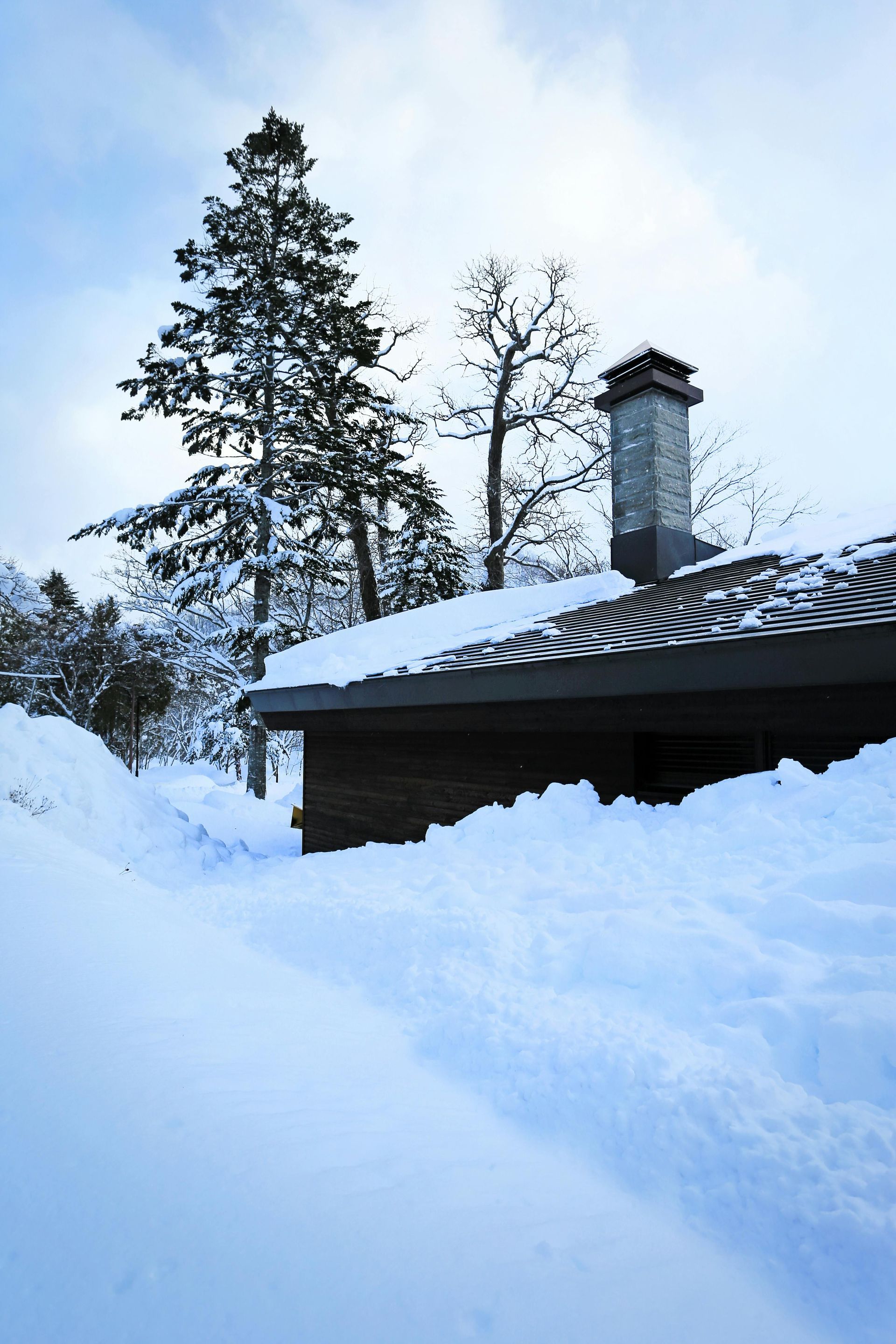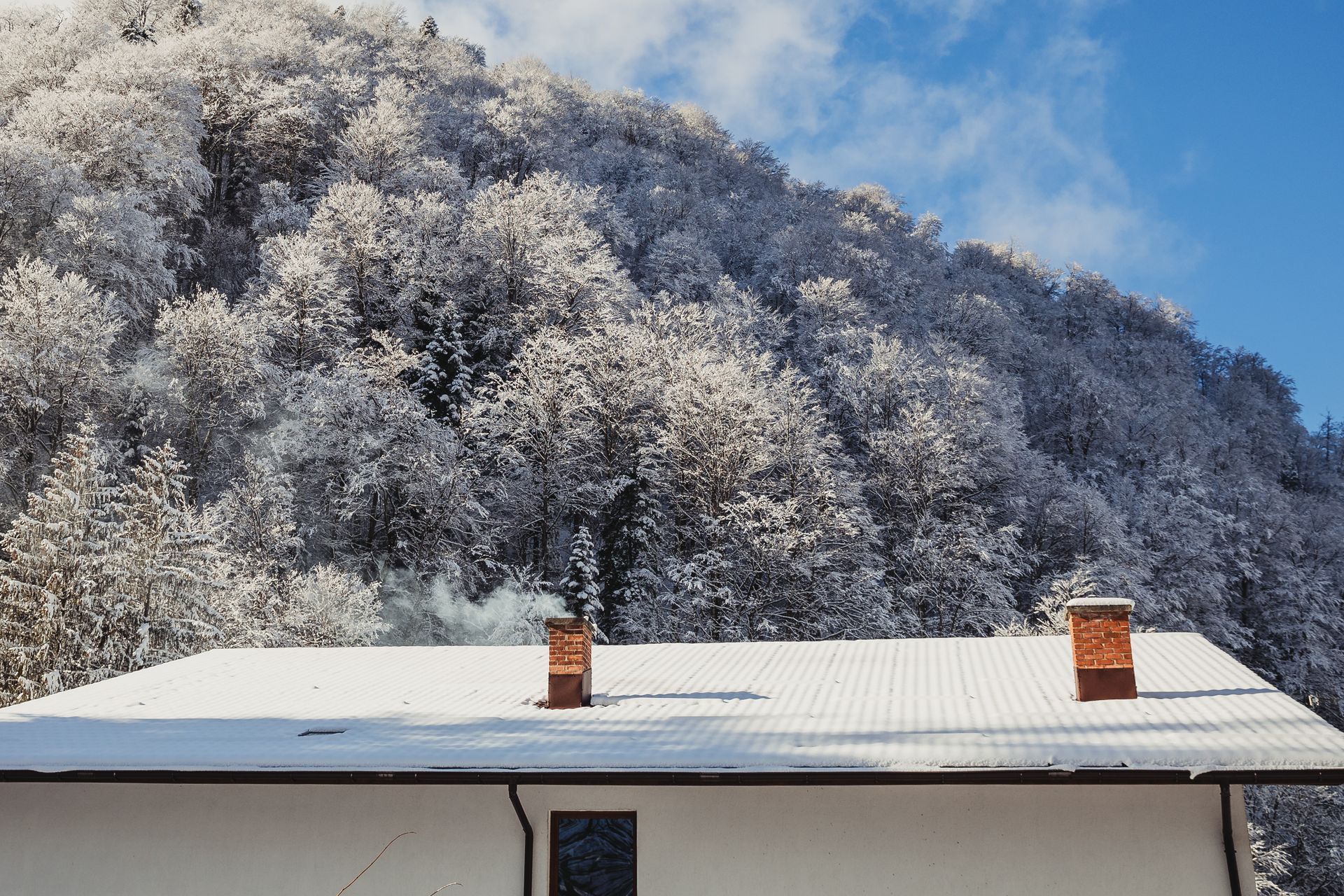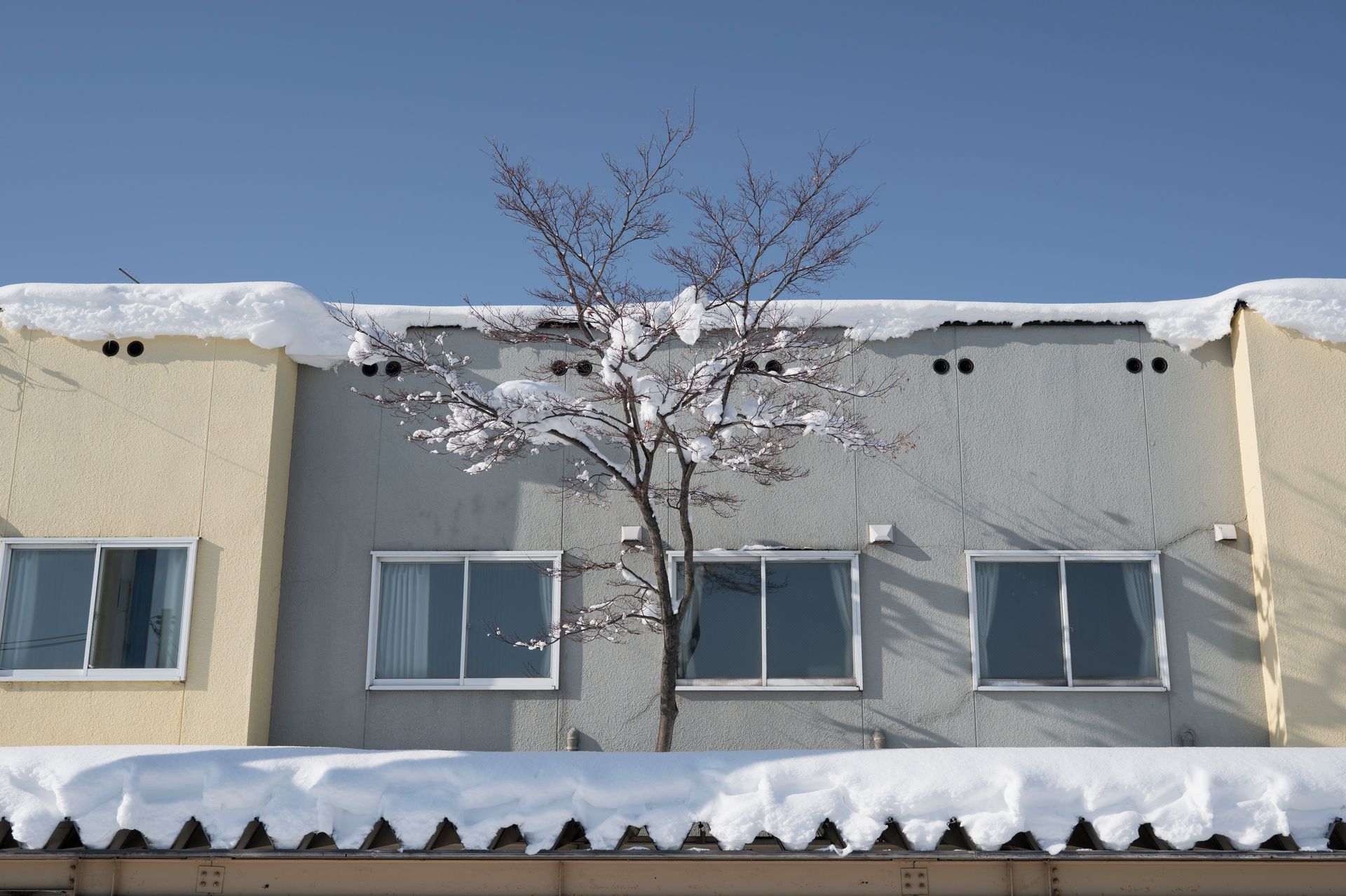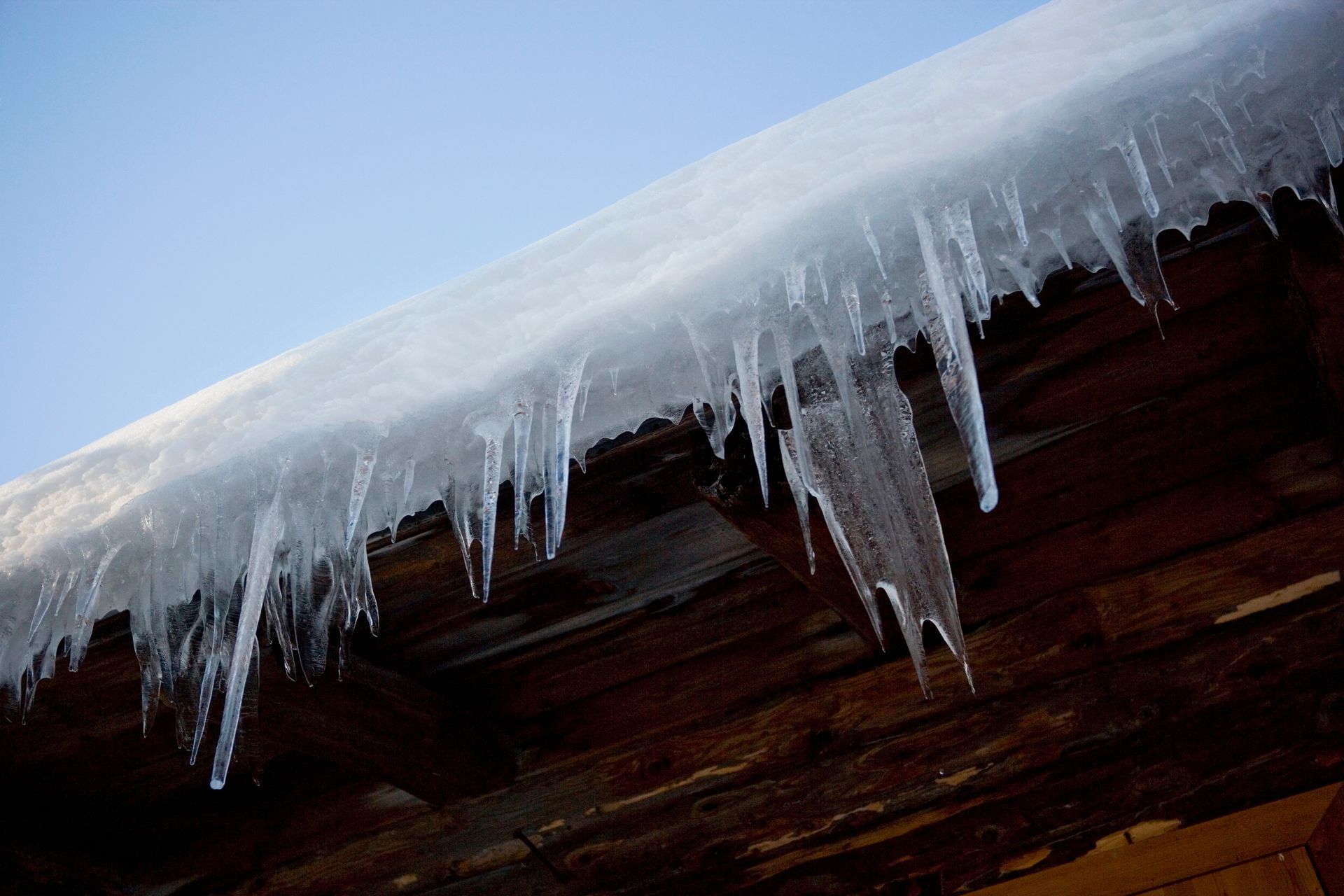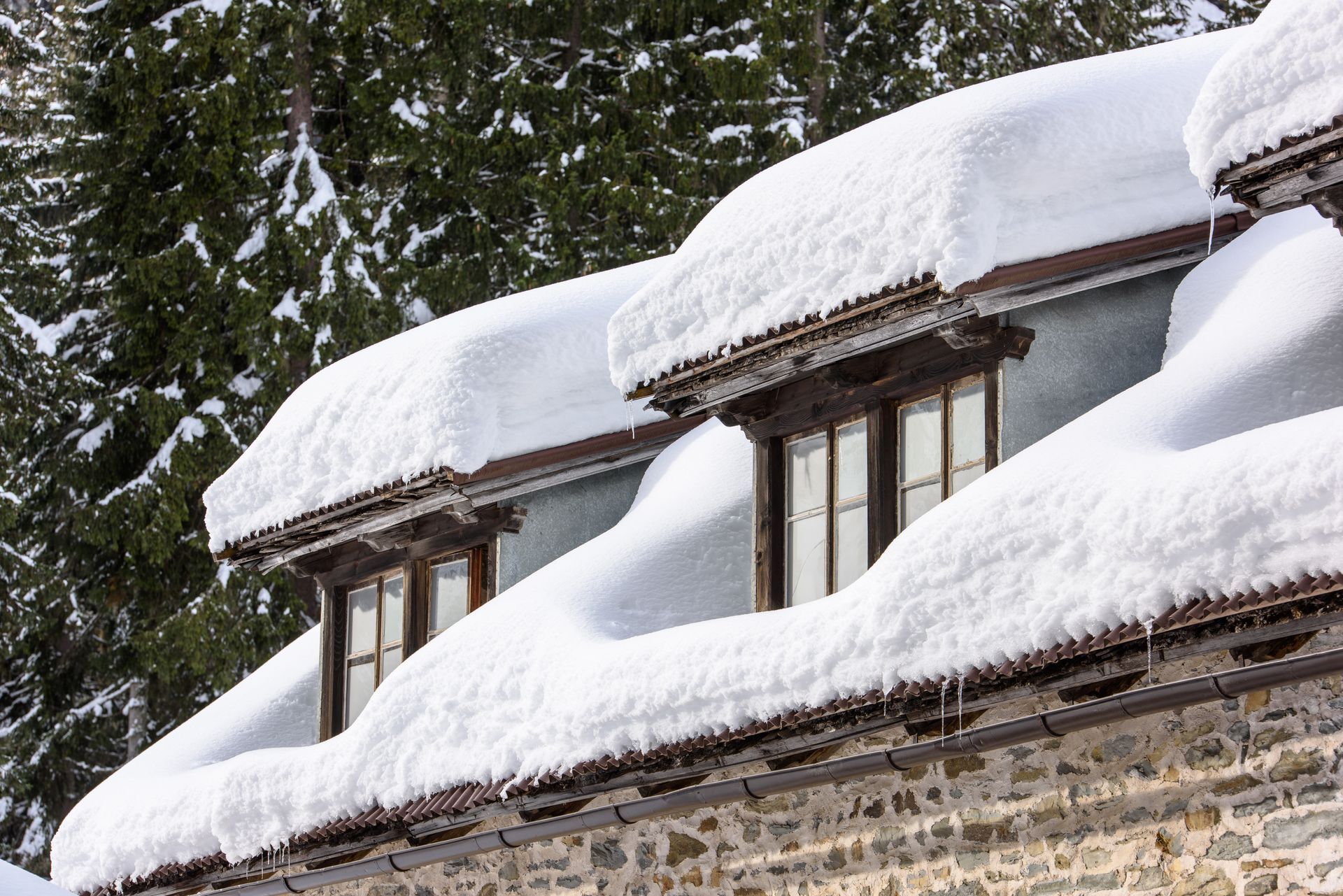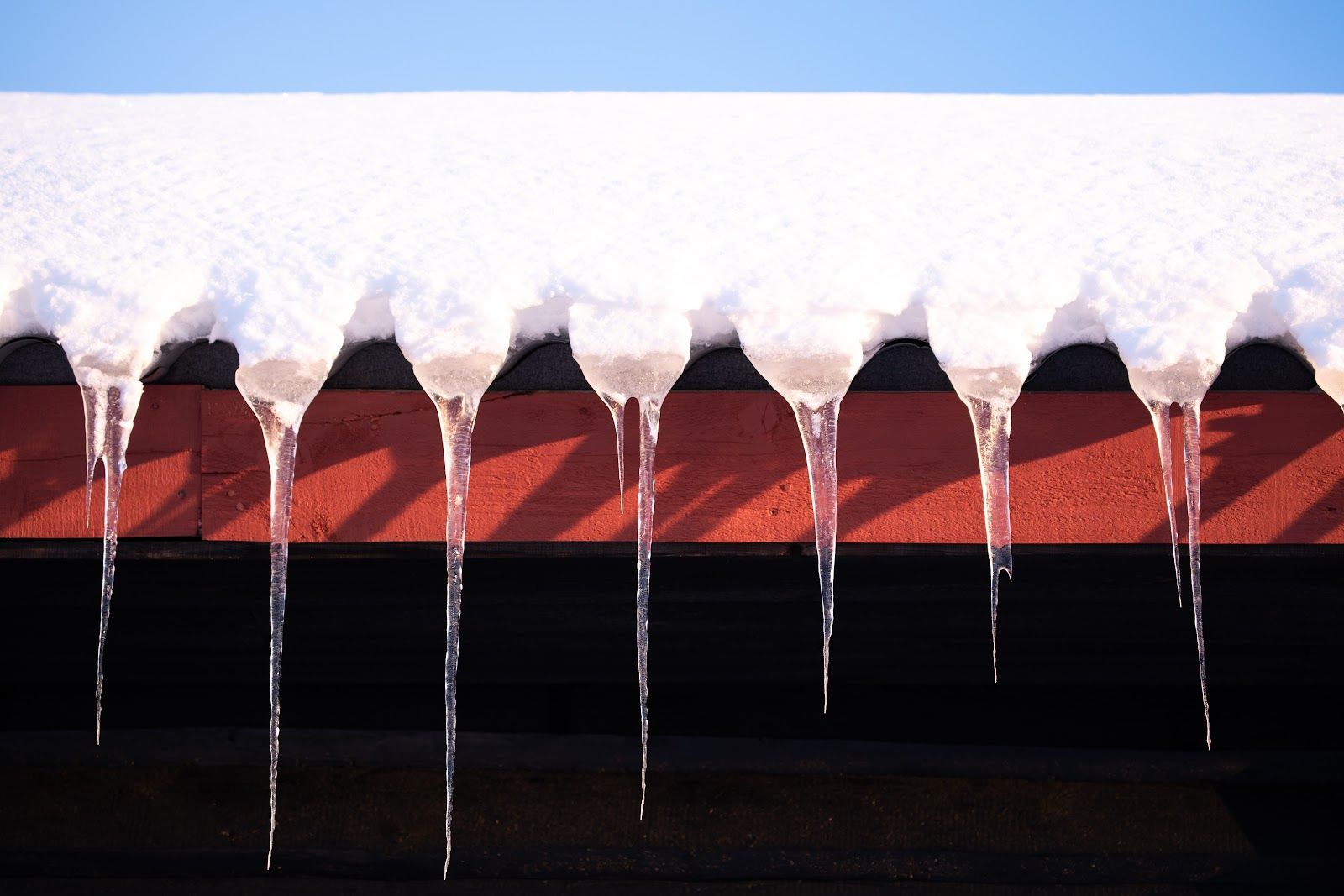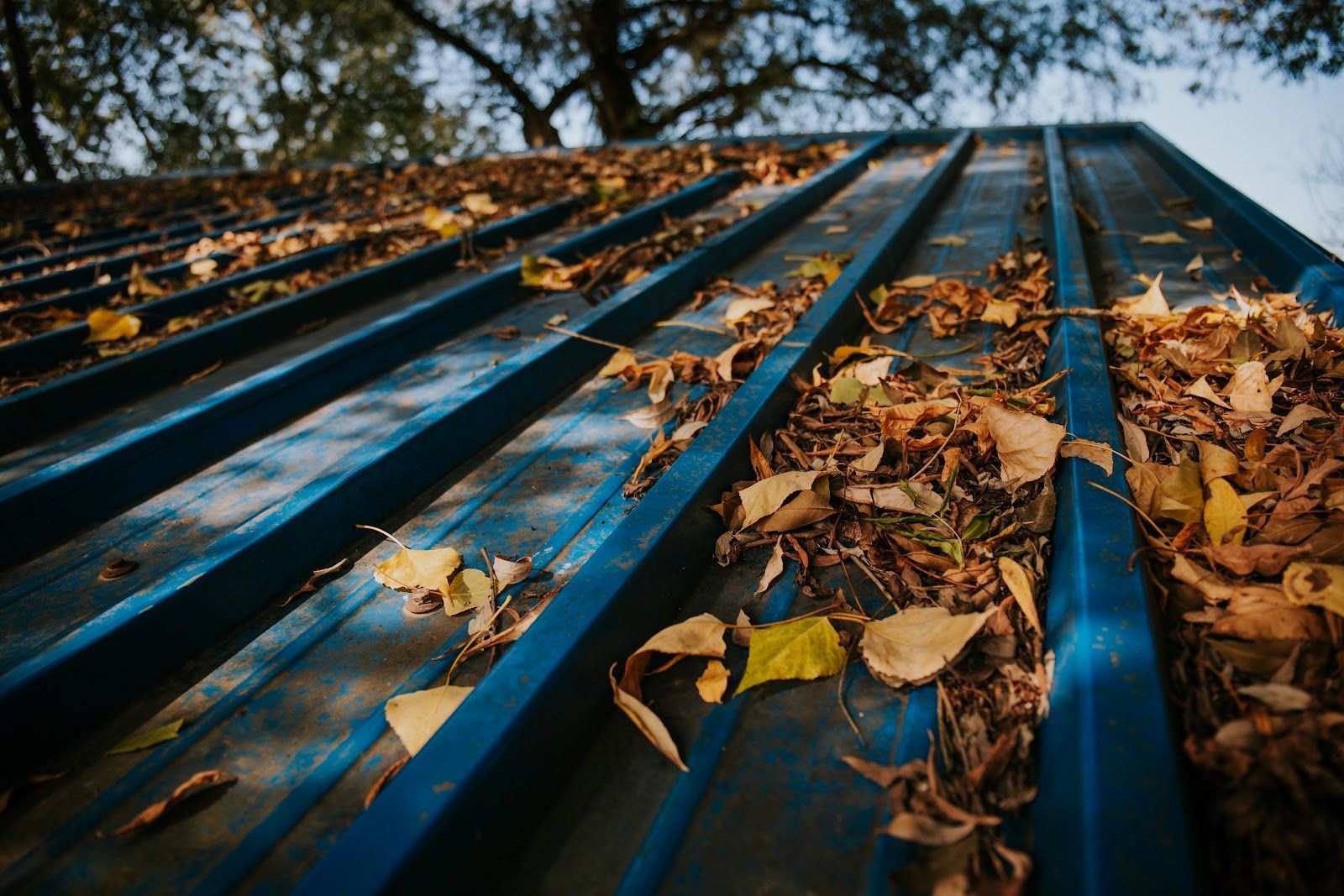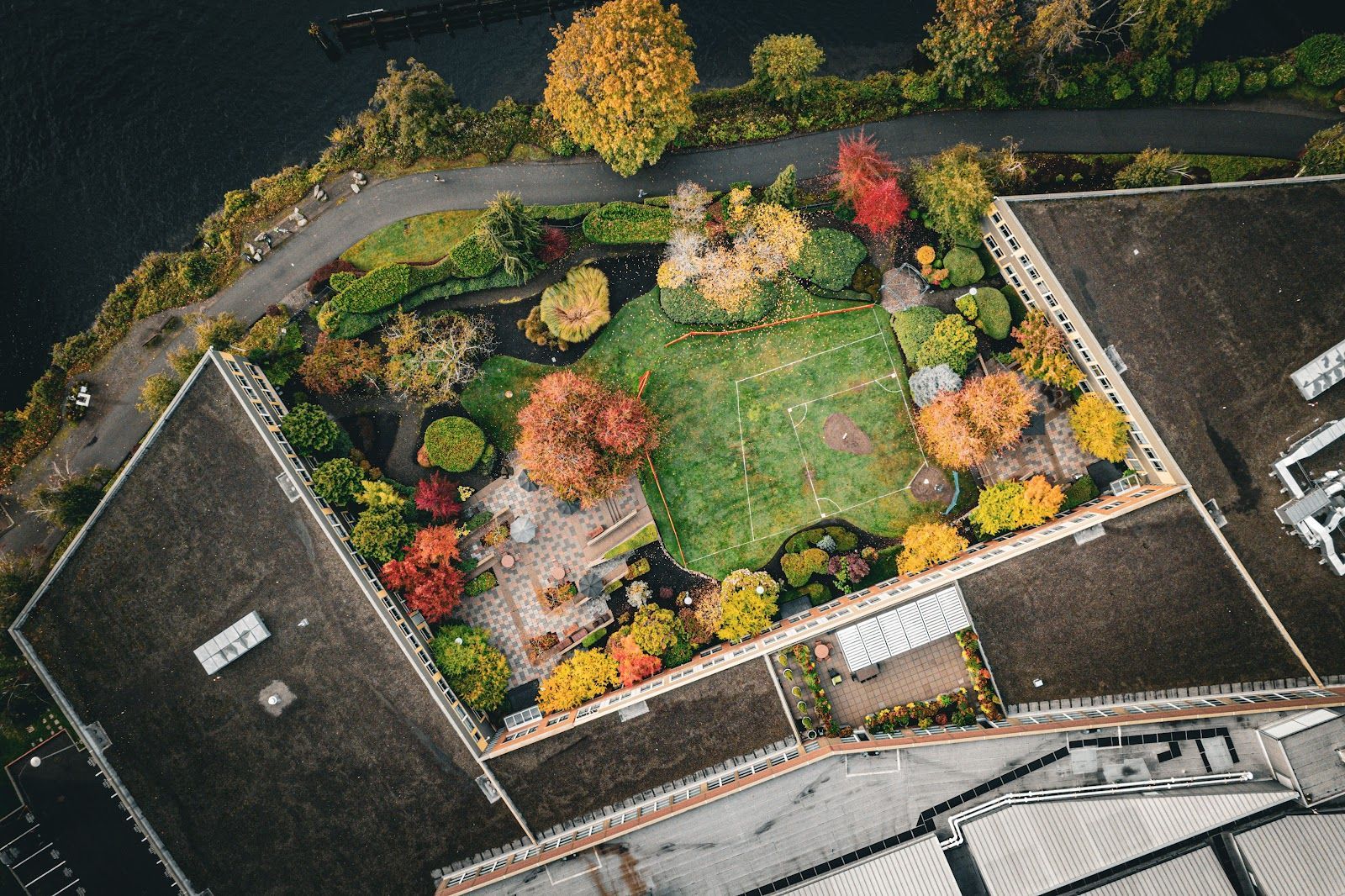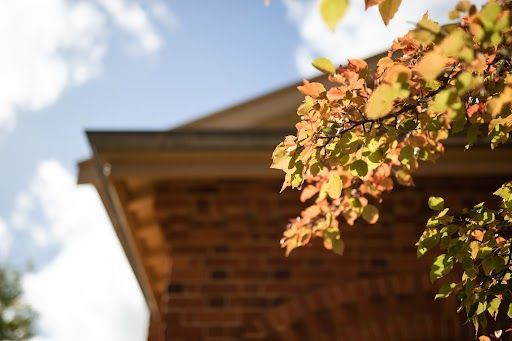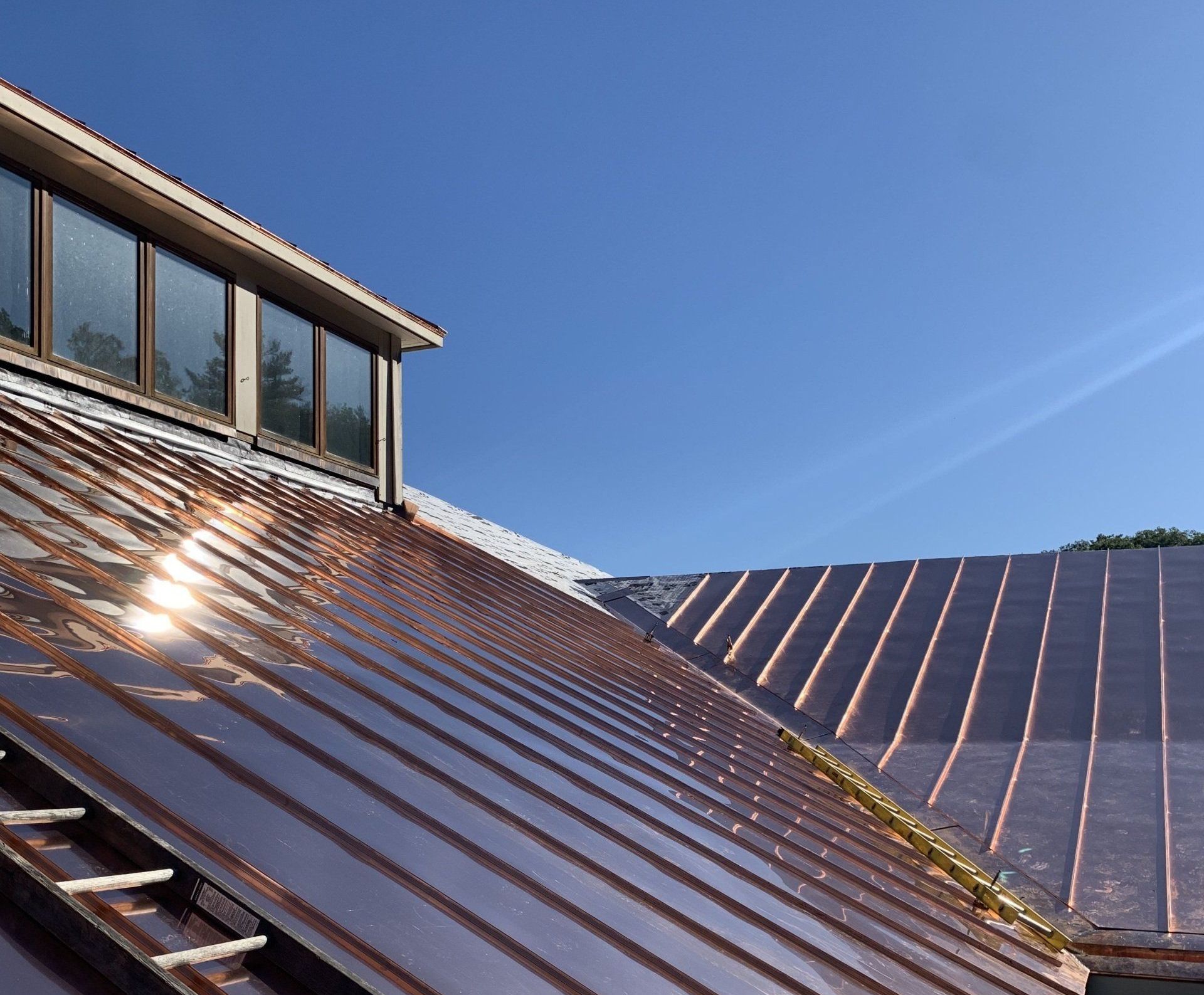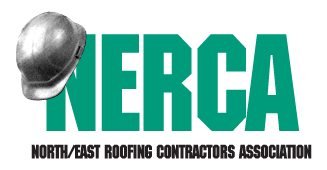Copper Roof Care and Maintenance
Copper Roof Care and Maintenance
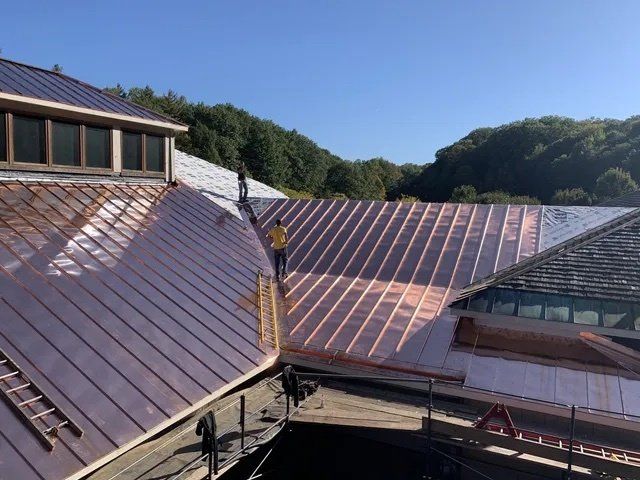
A magnificent copper roof will last for decades and will require very little maintenance. Copper is strong and resilient, and it has a natural lifetime that takes it from a gleaming copper glow to a rich, characteristic patina that can be observed in many historic structures dating back hundreds of years. Most homeowners anticipate or even speed up the maturing of their copper roof to its final patina in order to acquire that distinguished maturity. However, no matter what state your copper roof is in, there are still things you should know to ensure that it looks and performs at its best for a long time.
Copper Roof Patina Formation
A copper roof's patina hue indicates that the metal is maturing and actually strengthening as it ages. The oxidation process occurs when a copper roof is exposed to moisture and air pollutants. The patina, also known as verdigris, begins to form as a thin layer. The patina will become thicker and change color as time passes. The color of the roof may change based on its location. The copper sulfate that accumulates from deposits from urban pollution, for example, can give urban copper roofs a bluish patina. Because salt air generates copper chloride in the patina, a copper roof of a building near the ocean may have a greenish tinge. It's critical to keep in mind that this is a lengthy, natural process. If you live in a dry climate with little rain or humidity, you can expect it to take even longer. Furthermore, the patina will most likely develop unevenly. Different portions of the roof may receive more or less sunshine, and other variables may cause the roof to appear uneven. This is natural, and the entire roof will eventually turn a dazzling hue. The process itself can be fascinating to see over time and is normally left to run its course. That isn't to say that the roof, like any other roof, shouldn't be checked for issues, damage, or debris.
Things to Avoid When You Have a Copper Roof
Simple debris clearance is usually all that's required to keep your roof in good shape. Some homeowners, on the other hand, may be inclined to control the roof's hue in order to preserve the copper's "bright" phase. This is probably not the greatest option, as the thin layer of patina protects the copper beneath it and extends the life of the roof. Removing the patina can also leave a scar on the copper. It's vital to avoid using harsh chemical cleaners because removing the protective patina exposes the roof to the risk of pitting. It is not advisable to clean the roof with any form of soap.
Another thing to avoid on the roof is the use of a chemical sealer. The use of a sealant necessitates regular monitoring and maintenance, which must be carried out properly to avoid harm. Missing an area, applying the sealant unevenly, or making other mistakes can result in dramatic unevenness in the patina, ruining the aesthetic of the roof for years until the sealant fades away. Remember that the patina is the only sealer required for a beautiful, natural, and long-lasting copper roof.
If you live in a dry climate, you may want to accelerate the patina creation process. Many of the chemicals and treatments sold for this purpose can harm your roof, so it's better to leave it to the specialists.
Proper Care for a Copper Roof
Your copper roof would be virtually maintenance free if professionally built by personnel educated as copper roofing specialists. Debris that may accumulate over the winter or after a rainfall must still be removed, thus at the very least, an annual inspection or post-storm inspection is required. Debris removal ensures that no harm is caused beneath the debris by falling branches or other things, and it also helps the patina formation process to proceed uniformly across the roof.
You may notice streaks or stains on your roof and want to remove them if debris has been present for a long time or if the roofer performed a poor job building your roof (for example, by using steel nails that may rust instead of copper nails). If you are a do-it-yourselfer, here is a simple method you can use to lightly clean your roof. In our dry climate, this wash will also aid in the oxidation process. Make sure you do this when there isn't a chance of rain:
1) Use a brush to sweep any dirt, dust, branches, or leaves off the roof.
2) Combine equal parts salt and white vinegar in a mixing bowl. Stir until all of the salt has dissolved.
3) Using a soft-bristled brush, spread the mixture evenly over the roof.
4) Use a garden hose to rinse away the salt and vinegar. A pressure washer should never be used on a copper roof because it will destroy the patina.
Remember that a well designed and built copper roof is unlikely to cause difficulties. However, if you notice anything that worries you, have your roofer take a look. Before applying any cleaning or other roof treatments, consult with your roofer to protect the beauty and value of your unique copper roof and to avoid unintended damage.
A copper roof is a marvel of rare beauty that can last a century or longer. When compared to other types of roofs, your roof will provide years of beauty and require no care. Rodd Roofing specializes in copper roofing, so in addition to designing and constructing your roof, we can also handle any cleaning or maintenance concerns that arise. We hope you would contact us for all of your roofing requirements.


